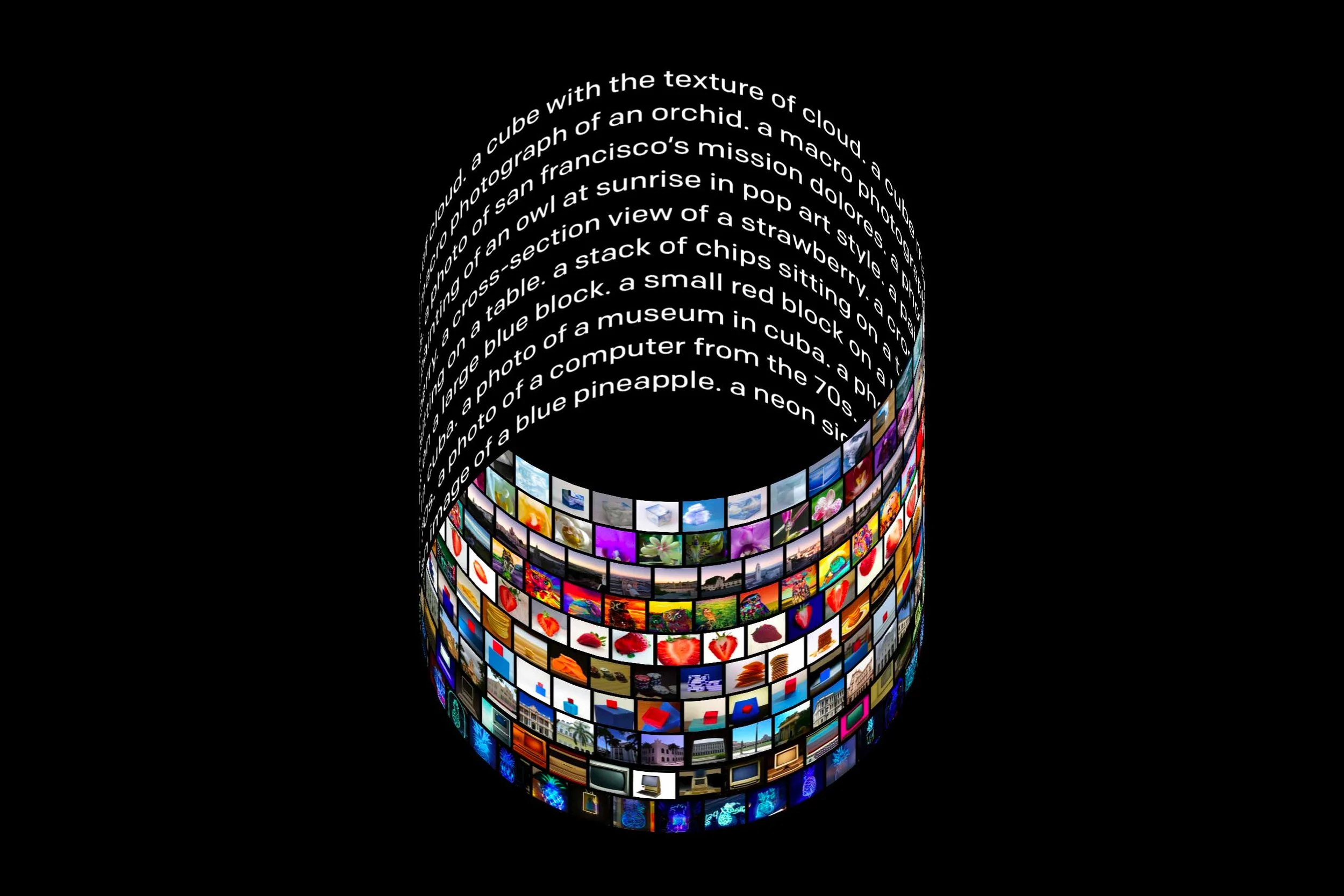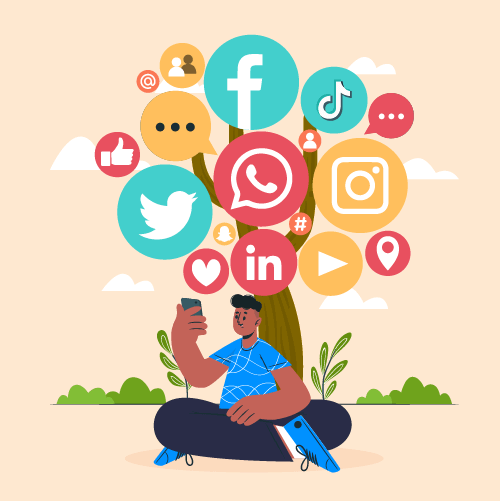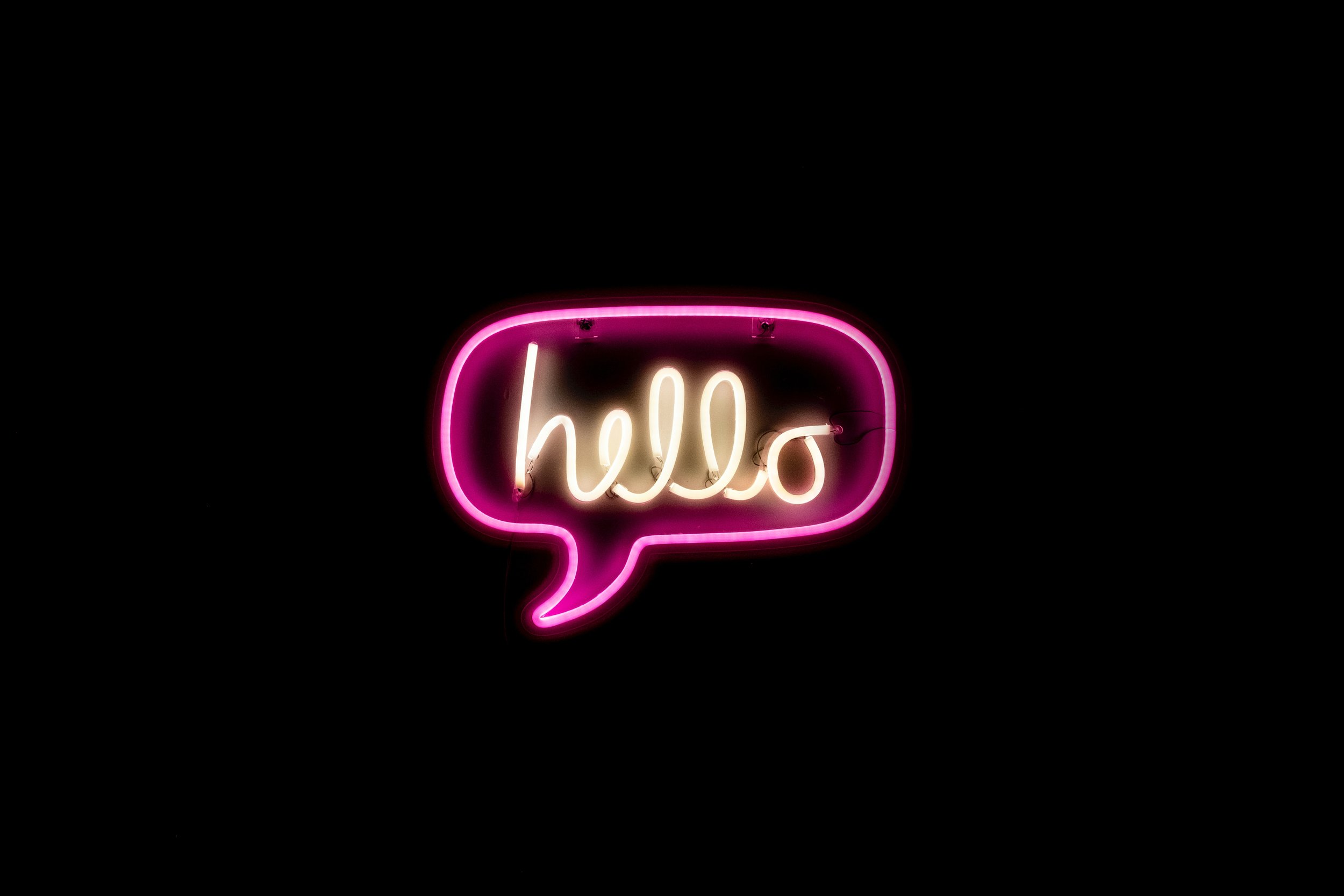The use of generative AI (GenAI) tools is becoming increasingly prevalent in marketing, particularly for smaller organizations or nonprofits seeking innovative ways to engage audiences and improve workflow efficiency. This article dives into data collected through a survey that was sent out to museum professionals in Pittsburgh and Cleveland to better understand how and if they are utilizing generative AI tools in their marketing strategies.
How Generative AI is Impacting Digital Marketing
Generative AI (GenAI) has become increasingly integrated into marketing and communication careers, and even our daily lives, with the rise of various text-to-image, text-to-video, & text-to-text tools. As digital marketers find new and innovative ways to keep up with the trends, and specifically GenZ in a quick-changing popular culture scene, how are they reacting to the rise of GenAI?
September’s News: AI’s Next Moves as Social Media Platforms Reposition
Climate Change: How Museums and Artists Are Changing The Narrative
Art serves various purposes, ranging from aesthetics, to therapeutic uses, to avenues for making powerful statements – including meaningful contributions to the conversation on climate change and climate advocacy. Here’s how some museums around the world are partnering with artists to use their voice surrounding climate advocacy through installations of art and technology.
Letter from the Editor
Hello to all of our arts, management, and technology enthusiasts from the 2023-2024 Chief Editor, Samantha Sonnet. This year’s content will be full of everything from A.I. and blockchain to the intersection of technology and climate/social justice and more! Get your reading glasses ready, and settle in for another great year.
In The News: Summer 2023 & Upcoming Summer Break
This summer has been full of new developments and controversies from social media and big tech to the blockchain and the growing A.I realm. We’re going to take a look at what has occurred this summer, and then take a break for a few weeks. AMT Lab will resume publishing after Labor Day, but until then… happy reading!
TikTok: Opportunity and Risk
The latest controversies surrounding TikTok are no secret: Biased algorithms, censored content, & intensive personal data collection to name a few. But how exactly are these controversies posing risks for users, and why should those involved in the arts industry care? Buckle in (especially YOU, arts marketers) because this may potentially change the future of social media and marketing moving forward.
TikTok Testimonies
The writing in this article is mainly based on opinion as I interpret the coverage of the testimony. The following commentary on the testimonies with links to the testimonies and relevant coverage. There are many, often heated, opinions on this topic and the hearing. Rather than simply explaining the facts of what occurred, for many people already know what occurred and I found it more beneficial to express my opinions on the case.
Audience Retention via UX Design in Museums
2022 UX Design in Museums: How Are “Innovative” Exhibits Driving Attendance?
User Experience Designers in today’s world must discover new ways to evolve their work alongside the external challenges that they encounter. Since the Covid pandemic began, many museums have adapted their exhibits to be accessible online, allowing for continued traffic and artist exposure— from the living room couch rather than in person. How have levels of digital readiness compared to user experiences?














